What is the ASQ 54 Month Questionnaire?
The ASQ 54 Month Questionnaire is a developmental screening tool designed for children aged 51 months 0 days through 56 months 30 days. It assesses a child's communication, gross motor, fine motor, problem solving, and personal-social skills by asking a series of questions that a parent, guardian, or educator can answer based on the child's abilities. The purpose is to identify any developmental delays or concerns early on.
Who should complete the ASQ 54 Month Questionnaire?
The questionnaire should be completed by someone who knows the child well and interacts with them regularly. This could be a parent, guardian, teacher, childcare provider, grandparent, foster parent, or another caregiver. The person completing the questionnaire is encouraged to observe the child's behaviors and abilities closely and answer the questions accordingly.
What information is required to complete the form?
In addition to answering questions about the child's skills in various developmental areas, the form requires basic information about the child, including their first name, middle initial, last name, gender, and date of birth. The person filling out the questionnaire will also need to provide their name, relationship to the child, contact information, and the names of any people assisting in questionnaire completion.
How should the questionnaire be completed?
The questionnaire provides a series of statements about activities children may do. Respondents are instructed to mark whether the child is doing the activity regularly, sometimes, or not yet. It's important to try each activity with the child before marking a response. Making the questionnaire a fun activity and ensuring the child is rested and fed can help yield more accurate results.
What should be done with the questionnaire after completion?
After completing the questionnaire, it should be returned to the specified individual or organization by the indicated due date. This could be a healthcare provider, an educator, or another professional who works with children and is involved in the child's care or education.
Is it necessary to observe the child performing each activity?
Yes, it's crucial to observe the child engaging in the activities described in the questionnaire to ensure accurate responses. The instructions emphasize trying each activity with the child before marking an answer, as this helps in assessing the child's current developmental stage accurately.
What if a child is unable to perform many of the activities listed?
If a child struggles with many of the activities described in the questionnaire, it does not immediately indicate a problem, but it may suggest that further evaluation could be beneficial. In such cases, sharing the completed questionnaire with a healthcare provider or an early childhood development specialist can help determine if additional support or assessments are needed.
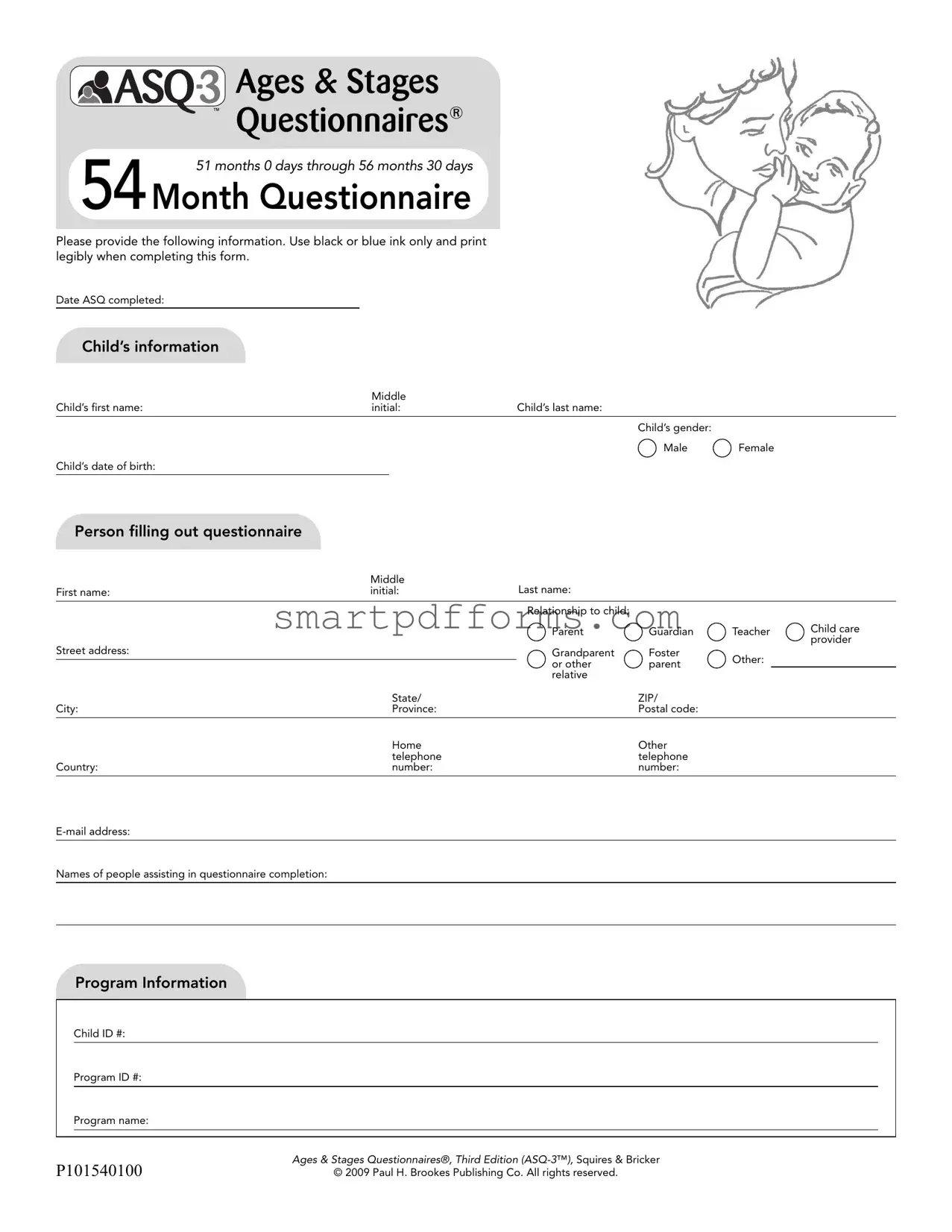
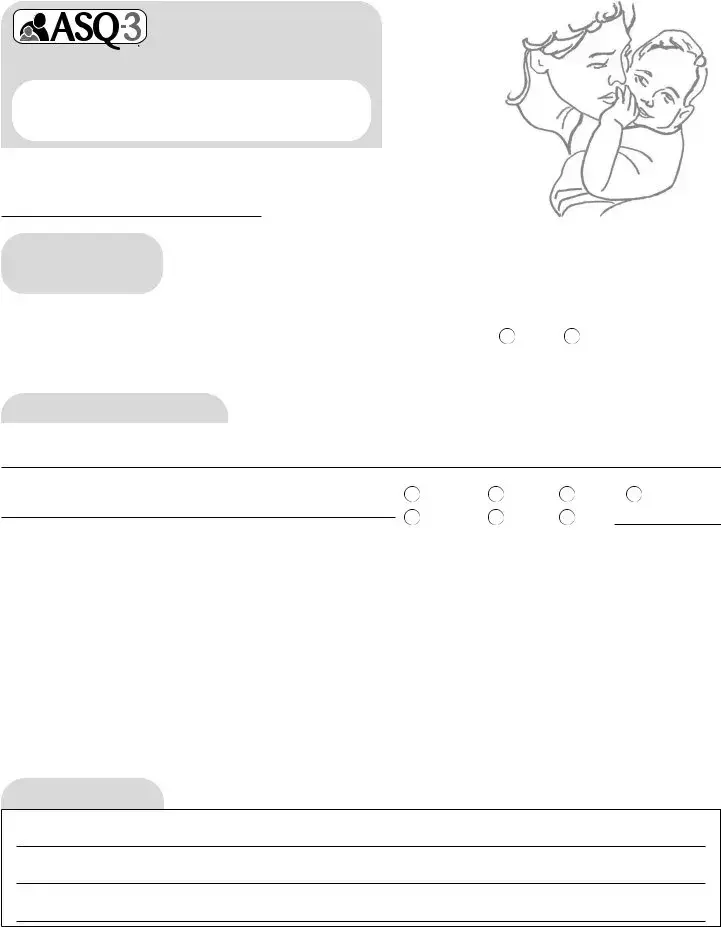
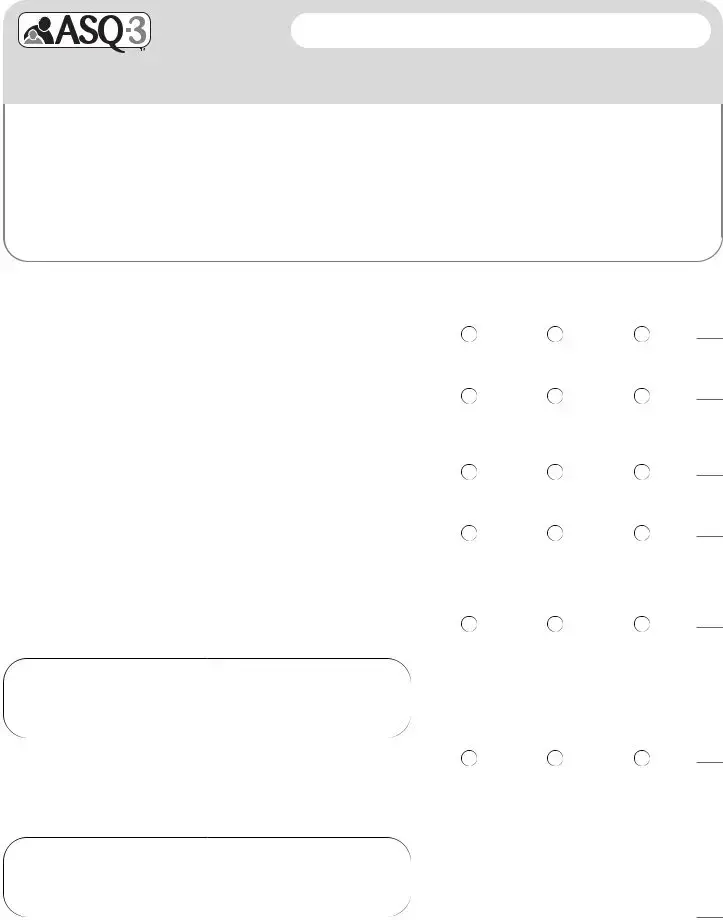
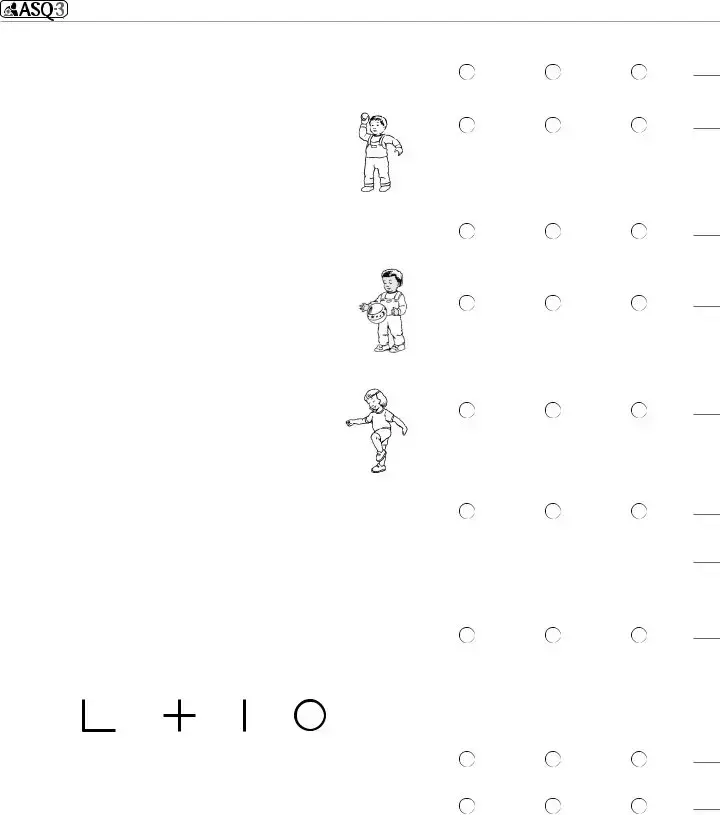
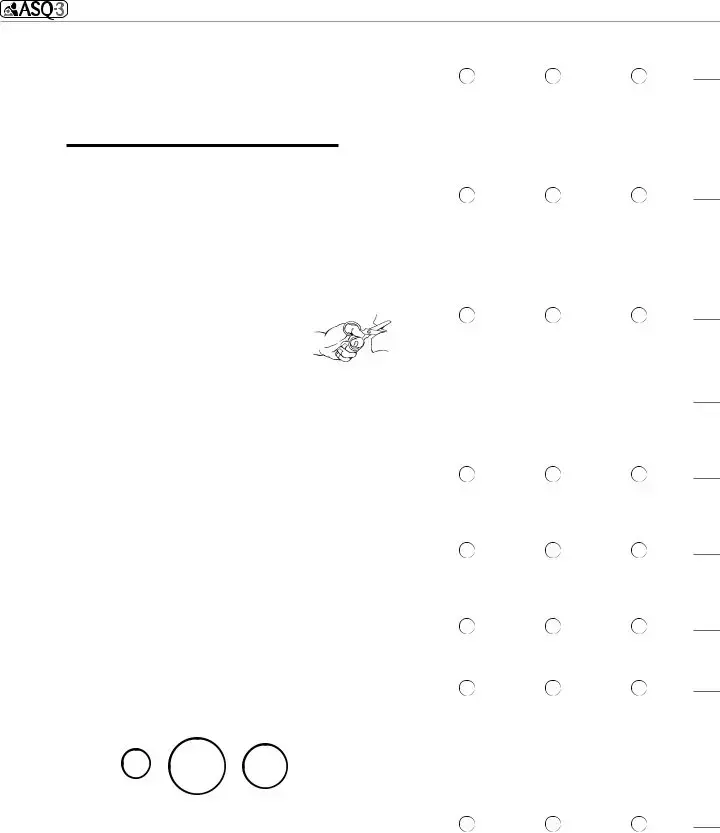
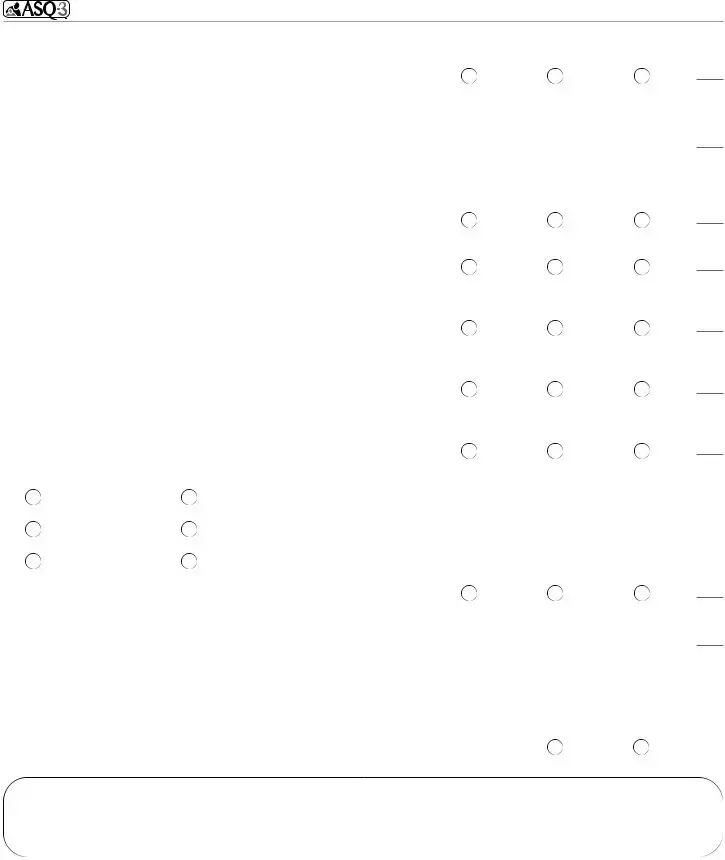
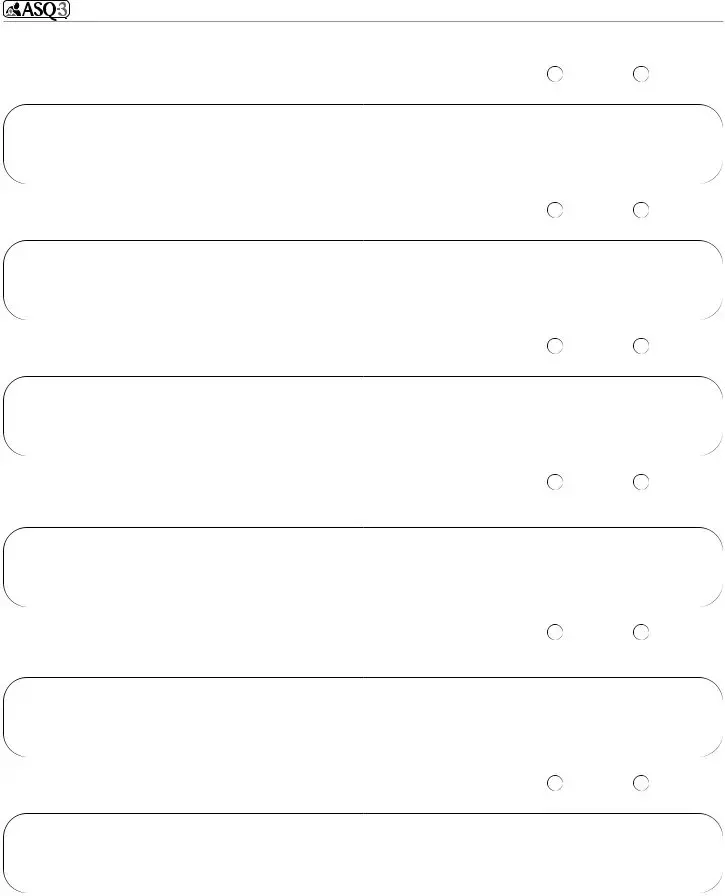
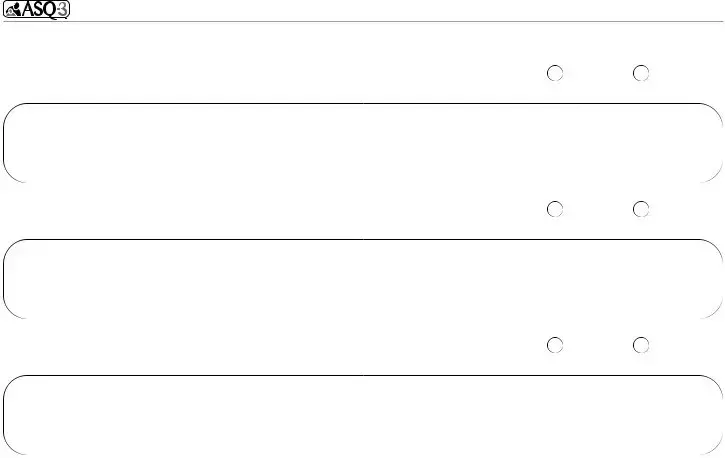
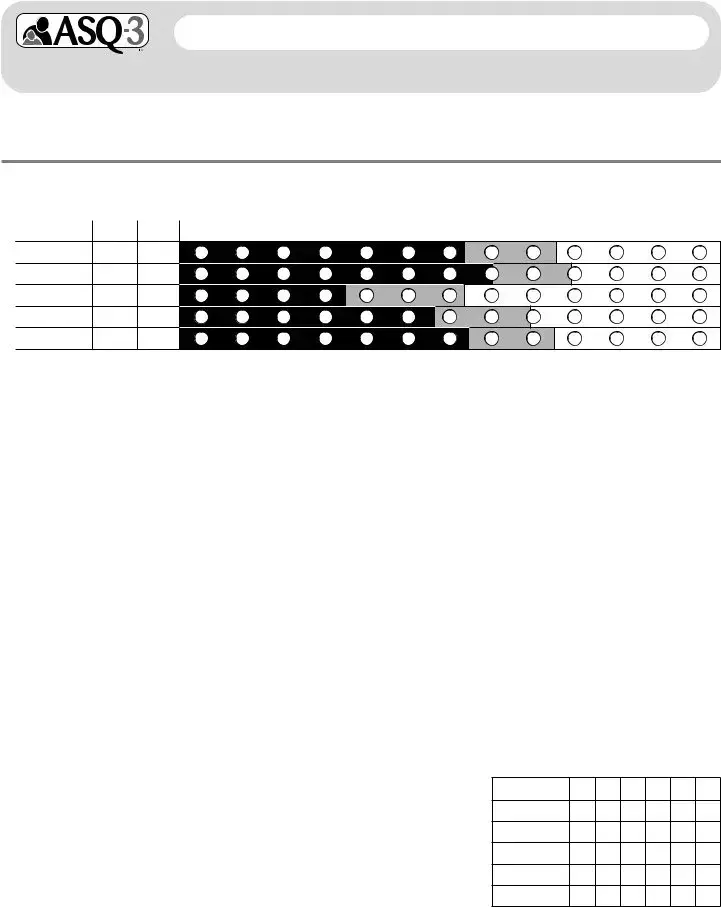

 area, it is above the cutoff, and the child’s development appears to be on schedule.
area, it is above the cutoff, and the child’s development appears to be on schedule.
 area, it is close to the cutoff. Provide learning activities and monitor.
area, it is close to the cutoff. Provide learning activities and monitor.
 area, it is below the cutoff. Further assessment with a professional may be needed.
area, it is below the cutoff. Further assessment with a professional may be needed.